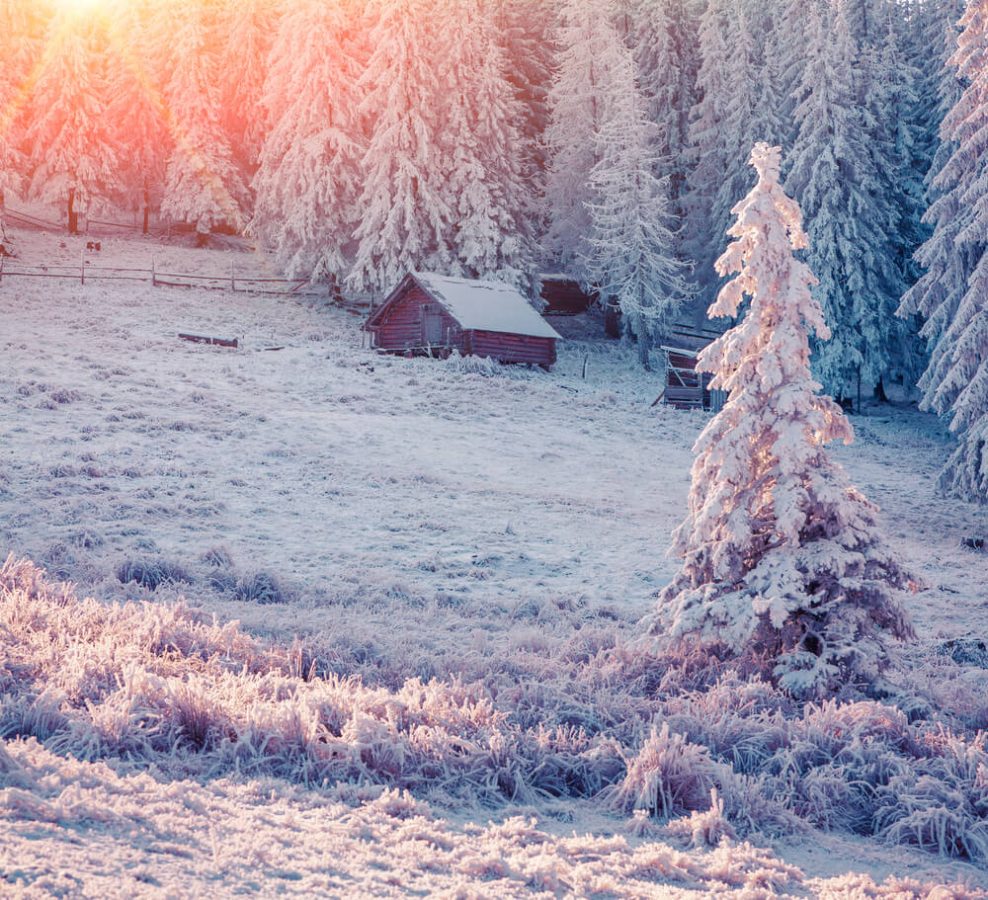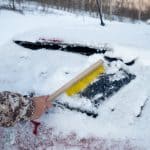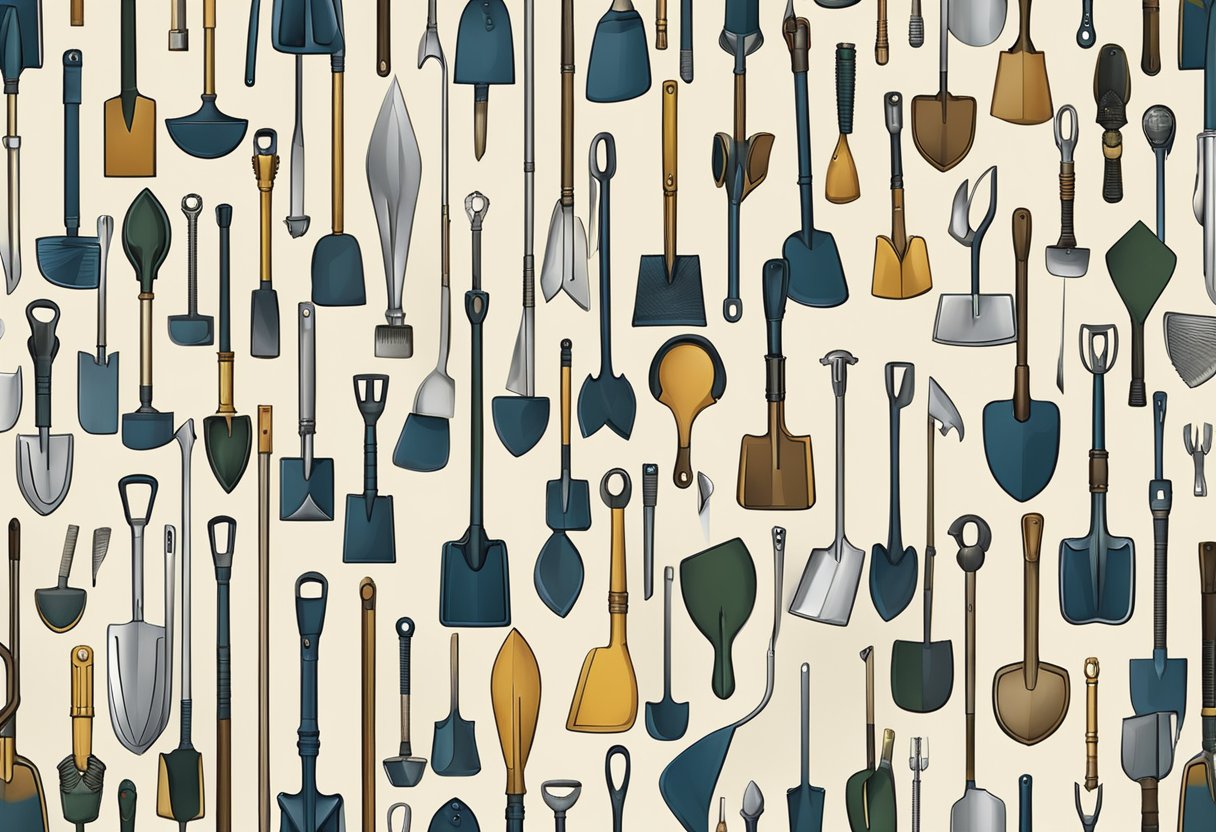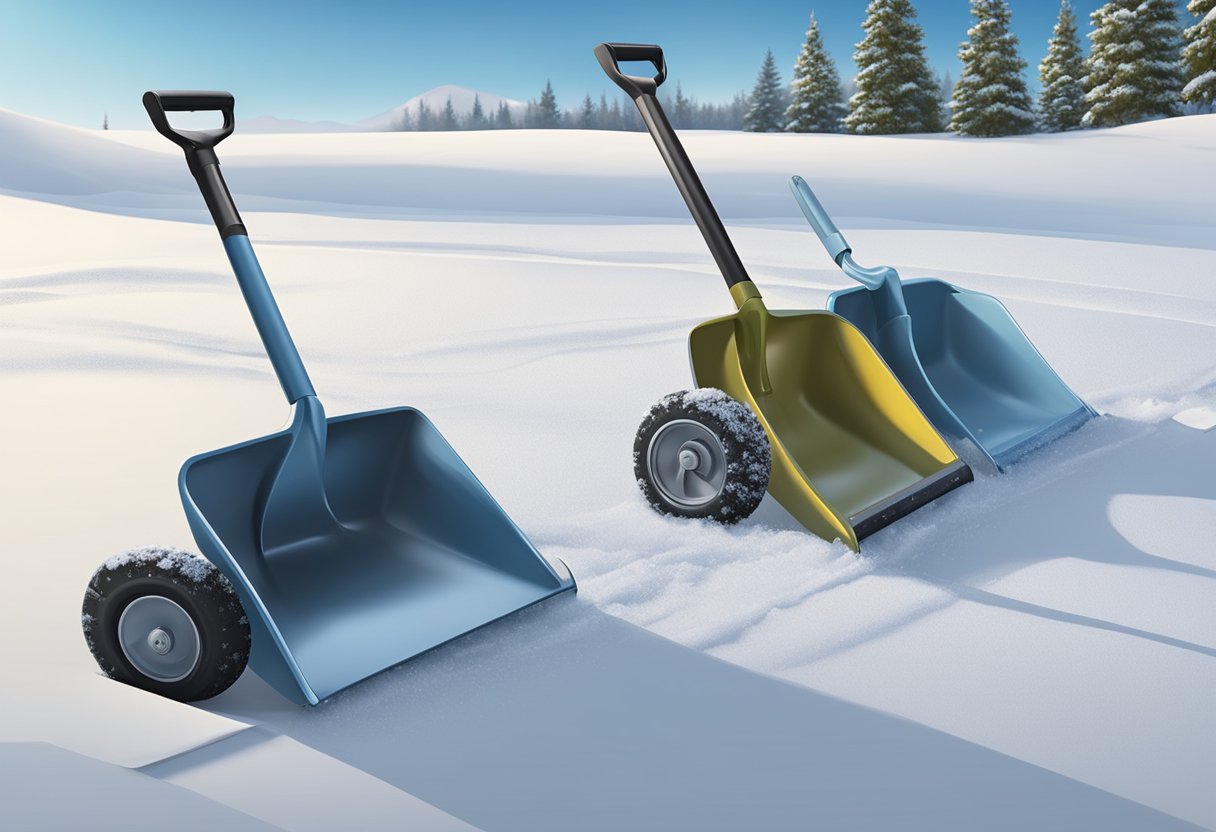Did you know that snow is a mineral? It’s true! Snow is made up of tiny ice crystals, and it’s one of the most beautiful things in the world. In this guide, we will share 21 fascinating facts about snow.
Table of Contents
1. Snow can be used to make snow cones and other frozen treats.
Snow is often seen as a nuisance, but it can actually be quite useful.
In addition to making snowmen and snow angels, you can use it to make delicious frozen treats like snow cones and popsicles. You may have also seen or tried ice wines and vodkas.
2. The average snowflake is about six-tenths of a millimeter wide.
Most of us have seen snowflakes up close, but do you know how big they are? Believe it or not, the average snowflake is only about six-tenths of a millimeter wide! That’s pretty small, but each one is unique and beautiful in its own way.
In fact, there are so many different kinds of snowflakes that scientists haven’t been able to classify them all yet.
So next time you’re outside enjoying a winter wonderland, take a closer look at the flakes falling from the sky – you might be surprised at just how intricate they are!
3. Snow is a type of precipitation that forms when water vapor in the atmosphere turns into ice crystals.
These crystals grow as they fall and collect other molecules of water, which eventually freeze to form snowflakes.
Snow can be light or heavy, depending on how much water it contains. The best place to see snow is in cold climates like Canada, where it’s common from November to April.
In some areas, such as the Rocky Mountains, there’s enough snowfall that towns and ski resorts are able to stay open year-round!
4. It typically falls from clouds in cold environments, and usually melts again as it reaches the ground.
It’s a meteorological event that most often occurs in cold environments when tiny ice crystals form directly from water vapor in the atmosphere.
Snow can fall from any altitude and usually melts again as it reaches the ground. In some cases, however, snow can accumulate and form a layer of ice on the surface.
5. The average snowflake is about six-tenths of a millimeter wide.
Most of us have seen snowflakes up close, but do you know how big they are?
Believe it or not, the average snowflake is only about six-tenths of a millimeter wide! That’s pretty small, but each one is unique and beautiful in its own way.
In fact, there are so many different kinds of snowflakes that scientists haven’t been able to classify them all yet.
So next time you’re outside enjoying a winter wonderland, take a closer look at the flakes falling from the sky – you might be surprised at just how intricate they are!
6. In some parts of the world, such as Russia and Canada, people often rely on snow to provide drinking water and refrigerate food during the winter months.
When the mercury dips below freezing, many people in cold climates rely on snow to provide drinking water and to refrigerate food.
Snow is a great insulator, meaning that it can keep things cool even when the temperature outside is very cold.
In fact, if you have ever left a drink outside in a cooler full of ice, you may have noticed that it stays cold for much longer than if the drink was just sitting out in the open air. This is because the ice absorbs the surrounding heat, which keeps everything else around it cool.
By packing your cooler full of snow instead of ice, you can take advantage of this insulation to keep your food and drinks cold all day long.
7. A layer of fresh snow can reflect up to 85% of the sun’s radiation back into the atmosphere.
In winter, the snow-covered landscape is so beautiful. But have you ever stopped to wonder why?
It’s not just the fact that everything is covered in a fresh white blanket. It’s because snow can reflect up to 85% of the sun’s radiation!
That means when the sun shines on a snowy field, it lights up like a bright beacon.
8. It takes around 10 minutes for snow to melt once it has landed on the ground.
In most cases, it takes less than 10 minutes for snow to melt after landing. This is due to the melting process being accelerated by the sunlight and the temperature.
In some cases, such as on darker surfaces or when temperatures are below freezing, it can take a little longer for the snow to melt. However, in most circumstances, snow will disappear within 10 minutes of landing.
9. A snowflake is unique and can never be replicated.
In a world where nothing is ever the same, it’s amazing to think that each snowflake is unique and can never be replicated. No one has the same fingerprint, so why would anyone have two snowflakes that are identical?
It’s just fascinating to think about how something so small and delicate can be so different from everything else. Each snowflake is special and unique in its own way, just like everyone else in the world.
10. Snow can be white, blue, pink, purple, or yellow.
Snow appears white when it compiles on the ground, but its actual color depends on its surroundings and can be white, blue, pink, purple, or yellow.
Although it is often referred to as “white snow,” the reality is that snow can be many different colors. In some cases, snow can even be a deep shade of purple.
So what gives snow its white appearance? The answer has to do with how light reflects off of the tiny ice crystals that make up snowflakes.
When the sun shines on freshly fallen snow, the light is reflected in all directions and most of it ends up hitting our eyes directly. This creates the bright white effect we see when looking at a snowy landscape.
Interestingly, if you were to look at a fresh batch of snow under a black light, you would see that it glows an eerie blue!
And of course, there is the second type of yellow snow that has nothing to do with reflecting light off of tiny ice crystals, but we love our animals!! Remember, never eat yellow snow.
11. The snowiest place on earth is in Japan.
When most people think of the snowiest place on earth, they think of a cold, icy tundra with vast expanses of white.
However, there is one place that regularly sees more snow than any other – the city of Aomori in Japan, which sees an average of 7.93m (26 ft.) of snow every year. Its location and topography contribute to it being the snowiest place on Earth.
12. It take about 1 million snowflakes to weigh 1 pound.
That is a lot of snowflakes! In fact, if you were to scoop up all of the snowflakes in your backyard, it would likely only weigh a fraction of a pound. Were not talking about accumulated snow here, just fresh snowflakes.
13. A snowflake can be as small as a pinpoint or as large as a dinner plate.
Their size and shape depend on the temperature and humidity of the air around them. So next time you see some snowflakes falling through the air, take a moment to appreciate their beauty.
14. Most snowflakes are hexagonal, but some are star-shaped or irregular.
It’s amazing the variety that nature can create, and it just goes to show how unique and special each snowflake is.
15. The average snowflake is six-sided and between 0.08 and 0.20 inches wide.
As snowflakes are formed when water droplets freeze in the air, they freeze into various shapes due to the surface tension of water and as they freeze they end up being .08 to .20 inches wide.
It is a good thing the width is what it is so we don’t have to duck out of the way of falling snowflakes!
16. The weight of a one-inch layer of snow on a roof can exceed the weight of an elephant.
When most people think of the weight of snow on a roof, they imagine the load that a large snowstorm can create. However, did you know that even a light dusting of snow can add enough weight to cause problems?
In fact, one inch of snow can weigh anywhere from two to four pounds per square foot. If your roof isn’t designed to withstand that much weight, it could lead to leaks or even roof collapse.
To get specifics on the weight load your roof can handle go to our guide Roof Shovels and place your specifics in the snow weight calculator.
17. A person’s footsteps in the snow can be seen from as far away as 600 feet.
Looking at the snow, one might think that all footprints are hidden beneath the freshly fallen flakes.
Surprisingly though, even in a snowstorm, footsteps can be seen from as far away as 600 feet. This is possible because fresh snow absorbs very little light and instead reflects it off of its surface.
When there is enough snow on the ground to create whiteout conditions, footprints will still be visible because they will stand out against the surroundings.
18. A blizzard is a severe snowstorm with high winds and low visibility.
The word “blizzard” comes from the Dutch word “blizzards,” which means “to storm.”
Have you ever been in the middle of a blizzard? It’s intense. The snow is flying around so hard and the wind is howling. You can barely see your hand in front of your face.
19. It can fall from the sky in different forms, including snowflakes, sleet, and hail.
Snowflakes are made up of ice crystals that form in the sky when it is cold enough for water vapor to turn into ice.
Sleet is made up of small rain droplets that freeze as they fall and become coated with a thin layer of ice.
Hail is made up of balls or chunks of ice that form during thunderstorms.
Each type of precipitation has its own unique characteristics and effects.
20. The average person will see around 10 snow days per year.
According to the National Weather Service, the average person will see around 10 snow days per year.
For some people, this may seem like a lot, while others may be wishing for more.
No matter where you stand on the subject, there’s no denying that a good ol’ fashioned snow day is always a blast!
Whether you’re curled up inside with a cup of hot chocolate or out building a snowman, these rare occasions always bring cheer.
21. In some parts of the world, such as Finland, Russia, and Canada, up to 50% of the yearly precipitation is in the form of snow.
In Finland, around 50% of the total precipitation falls as snow.
For Russia and Canada, the figure is closer to 40%. Of course, these are just averages – some places may see far more snow than others.






